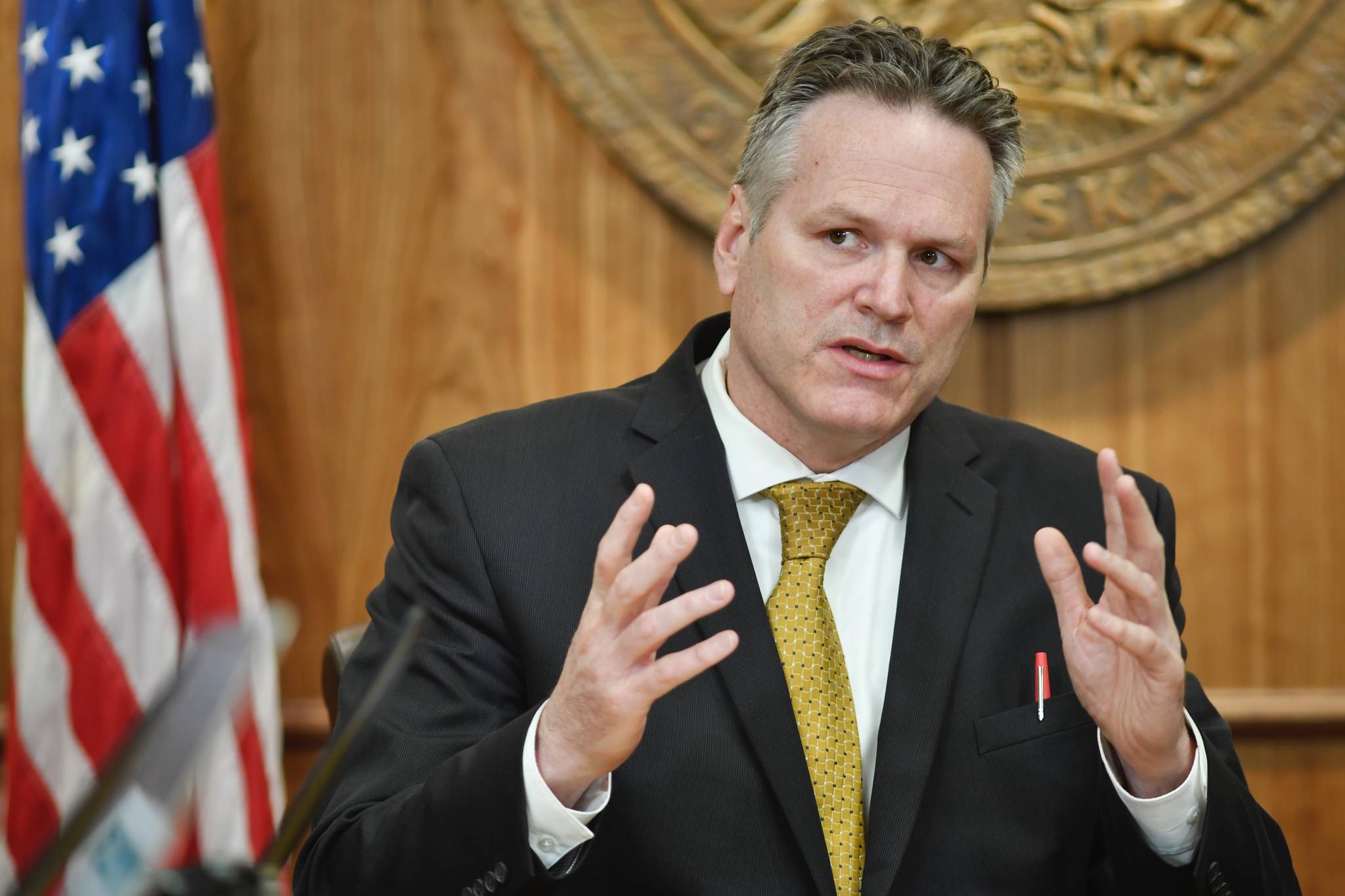This week, Alaska’s sole major pollster released the results of a statewide poll, showing a tight split between supporters and critics of the governor’s proposed budget.
Ivan Moore, who runs Alaska Survey Research, polled 739 registered voters across the state and found that 49 percent of them favored Gov. Mike Dunleavy’s budget and 46 percent opposed it, according to a release from Alaska Survey Research. Five percent selected “neutral” or “not sure.”
Dunleavy’s budget proposal, released on Feb. 15, proposes major cuts across the board to state spending.
The poll was done March 25-April 2 with a 3.6 percent margin of error and 95 percent confidence. Despite more people being in favor than against the budget proposal, more respondents think the budget will harm the state’s economy and result in less financial security, and 58 percent of them think the budget will reduce in a loss of jobs.
The question posed to respondents focused on the state’s fiscal struggles in recent years and how the previous administration pulled from savings and reduced Permanent Fund Dividends to pay for government. It did not mention cuts to specific state services and the impacts those could have.
“This year, Governor Dunleavy has proposed a budget that closes the gap by cutting state expenditures by 1.6 billion dollars, bringing spending down to match anticipated revenue without any draw on savings, without any new or increased taxes, and including paying a full dividend,” the question went on to read before asking if respondents support or oppose the budget proposal.
[Some Juneau residents willing to pay income tax, give up PFD to help state]
Forty-one percent of respondents were from Anchorage, 15 percent were from the Mat-Su Valley, 12 percent were from Fairbanks, 9 percent were from the Kenai Peninsula and 5 percent were from Juneau. The other 19 percent came from elsewhere in the state.
Forty-five percent of respondents stated they did not have a party affiliation, while 29 percent were Republicans, 16 percent were Democrats and 10 percent were “other party.” The most represented demographic was those 55 and above (37 percent of respondents), but 36 percent of respondents were in the 35-54 demographic. The split was almost even between men (52 percent) and women.
• Contact reporter Alex McCarthy at amccarthy@juneauempire.com. Follow him on Twitter at @akmccarthy.

